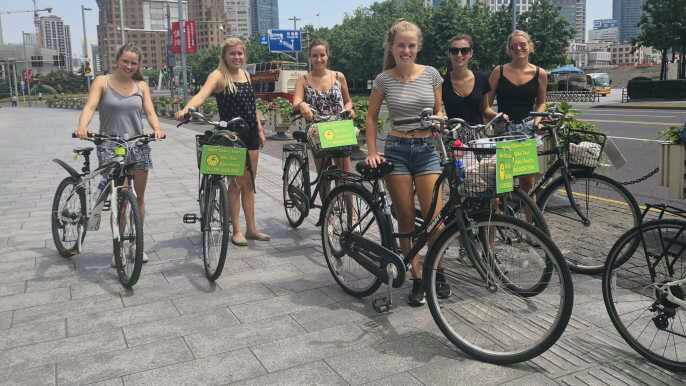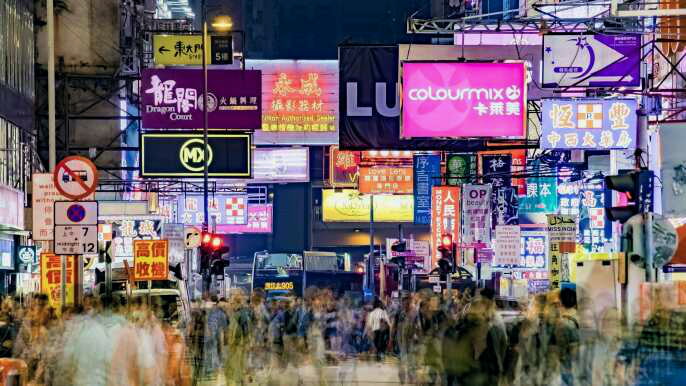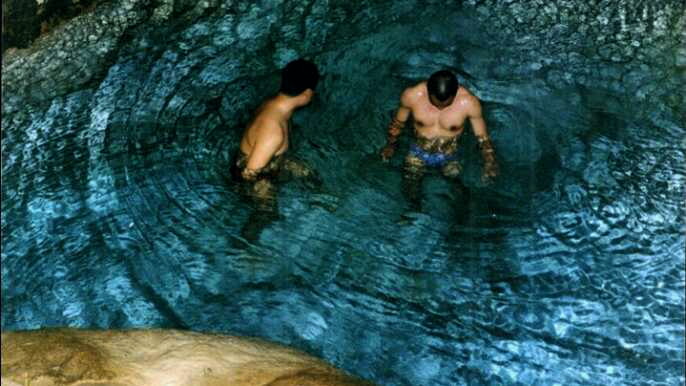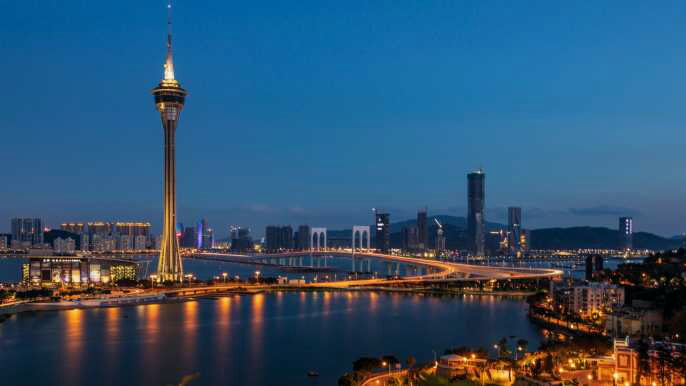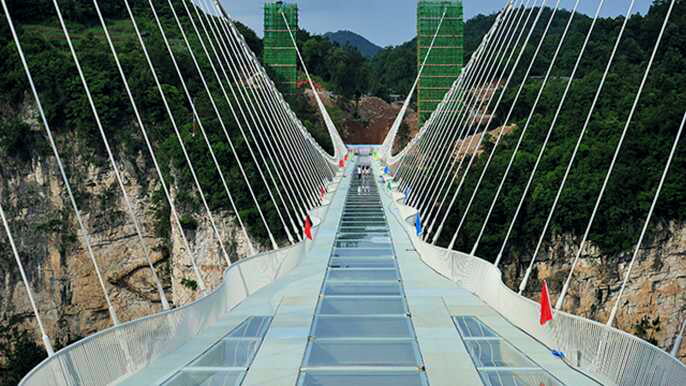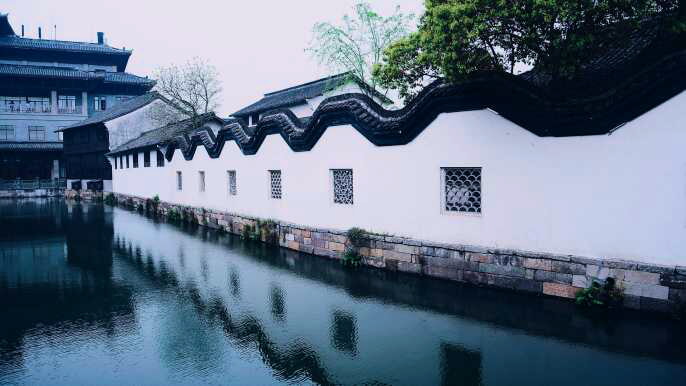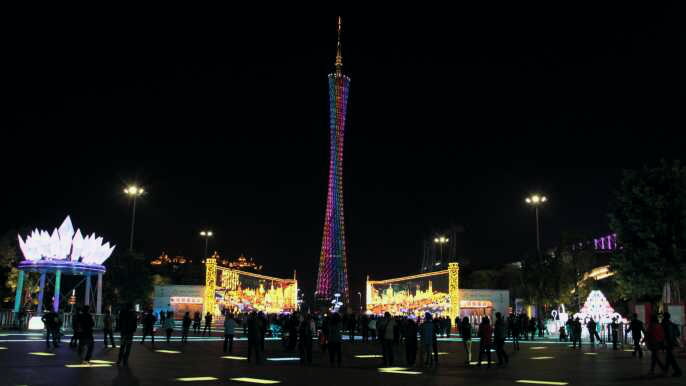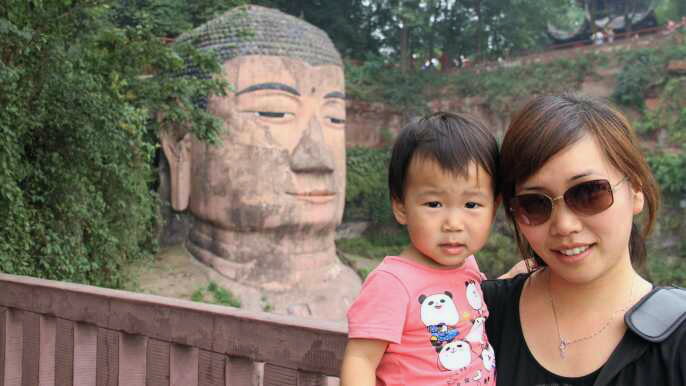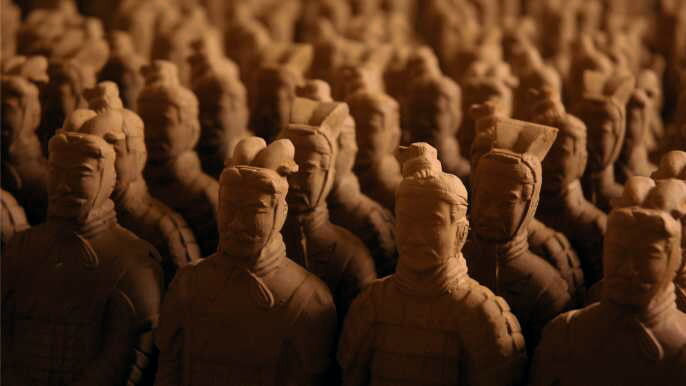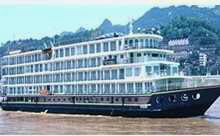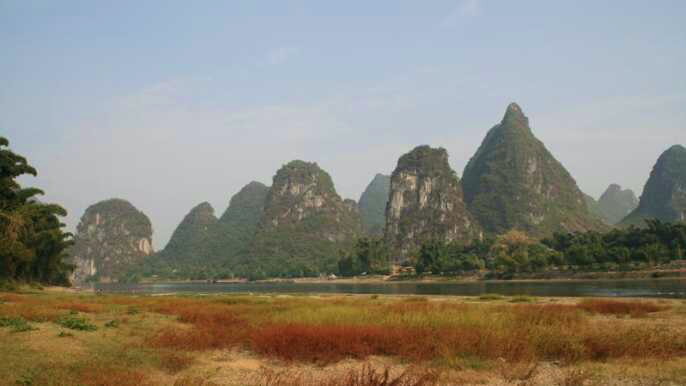Whether you're a first-time visitor to Beijing, or a long-time tourist, there are many things to see and do in this city. The capital of China is a sprawling metropolis full of modern architecture and a fascinating history. The city is also home to the Forbidden City, a grand complex that was once an imperial palace during the Ming and Qing dynasties.
The Great Wall
Listed as one of the Seven Wonders of the World, the Great Wall of China is a massive fortification that spans across almost the entire length of the country. It is an impressive feat of engineering, and it also serves as a symbol of Chinese strength.
The Great Wall of China was built over the course of nearly two thousand years. It was built to thwart barbarian invasions, to protect Chinese citizens, and to exert political control over the population. Its original structure was constructed with 180 million cubic meters of rammed earth.
Construction of the Great Wall began during the era of Warring States. It was later expanded during the Bei (Northern) Wei dynasty, which spanned 386 AD-534 AD. The Northern Wei dynasty added additional fortifications to the Great Wall to fend off the hordes of the Khitan tribe in the north.
The best time to visit the Great Wall of China is during the spring festival. This is when trees start to bloom, and the weather is usually moderate. The winter months can be cold and windy, and the autumn foliage will start to change colors.
The Ming Dynasty added towers, cannons, and bricks to the Great Wall. It remade most of the original structure with stones, and it enlarged the overall length.
The most popular section of the Great Wall of China is the Badaling stretch, which is located 43 miles northwest of Beijing. A total of 2.3 miles of the wall are open to the public. It takes about three hours to reach the section.
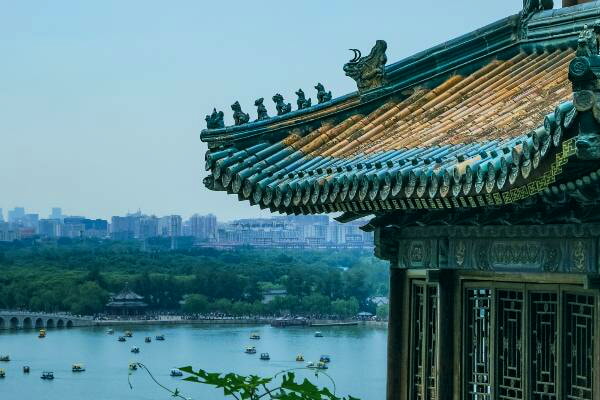
Forbidden City
Known as the largest palace complex in the world, Forbidden City was the former domain of 24 Ming and Qing emperors. It is located in the center of Beijing, and is surrounded by 69 ha (171 acres) of Beihai Park. The area contains 8,704 rooms, 980 buildings, and a 10-meter-high defensive wall. It is also home to the Palace Museum, which opened in 1925. The museum displays rare artifacts and traditional Chinese architecture.
The largest and most important structure in Forbidden City is the Hall of Supreme Harmony. This is a ceremonial room that is used for the emperor's state affairs. The Dragon Throne (Longyi) is located in this hall. It was once used for the emperor's accedence.
Another structure to watch out for in the Forbidden City is the Belvedere of Embodying Benevolence. This building was originally built during the 15th century.
Aside from the palaces, Forbidden City also features numerous opulent imperial gardens. The Golden Water River is a artificial stream that runs through Forbidden City. It is a popular destination for tourists.
The palace complex is divided into three sections. The Inner Court is the living quarters in the north, and the Outer Court is the ceremonial and administrative areas in the south. The outer part is surrounded by a 52 meter wide moat. The axial road in Forbidden City starts at the Tiananmen Gate, and passes through a large courtyard.
Hutongs
Despite the numerous attempts to destroy them, hutongs in Beijing are still an important part of the city's tourism industry. In fact, some are being preserved as protected areas. A hutong is a narrow alleyway that varies in width from about 10 metres to a few hundred meters. It is made of alleys that connect one another, and are often zigzagged.
A hutong is composed of several tiny lanes, usually running north and south, that are connected together by entranceways and public toilets. Doors in a hutong are typically painted bright red, with drum stones and lions on their faces.
Most hutongs were constructed in the Ming and Qing dynasties. The earliest recorded hutong was in the Yuan dynasty (1206AD to 1368AD). Many of the hutongs in Beijing have been demolished over the years, though some have been saved.
Hutongs are also known as siheyuan. They are made of bricks and a compound of houses. The main houses in most siheyuan face south, which allows for better lighting.
Today, most hutongs have been gentrified. Private businesses have been allowed to set up shops in the hutongs. These private businesses hope to stimulate the economy by offering jobs. However, this has led to a change in the character of the hutongs. They are now crowded, noisy, and sometimes dangerous. Some have been self-immolated.
Many residents in hutongs are displaced or forced out of their homes. The evictions have been fought by some, and have ended in jail. The Chinese government has taken steps to save some hutongs as protected areas, but most of the old ones have been torn down.
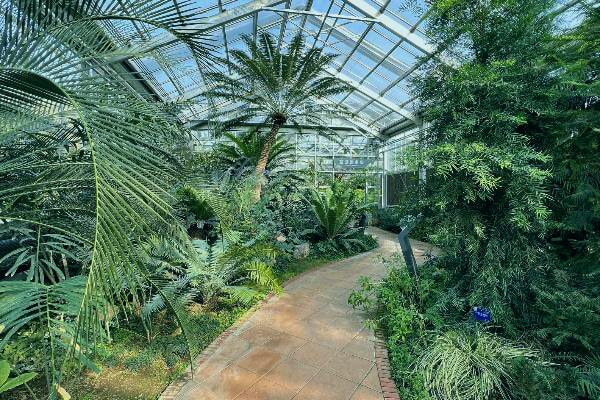
Ming City Wall Ruins
Located just north of the Beijing Railway Station, Ming City Wall Ruins Park is one of the few remaining sections of the Ming Dynasty City Wall. This park is a must-see destination for anyone visiting Beijing. It features a relics park with a section of the Ming Dynasty city wall, along with a variety of trees and peace gardens. It is illuminated at night and is free to visit.
The Ming City Wall was first built in 1419 during Emperor Yongle's reign. It was the city's symbol and was a total of 40 kilometers long. It was also the longest of all of China's city walls. The wall was constructed with 12 battlements. The buttresses were built to measure a maximum depth of 39 meters. They were used to store military equipment and for resting soldiers.
In 1965, the inner city wall was removed to make way for the construction of the Second Ring Road. The section of the original wall that remains is 1.5 kilometers long, between Chongwenmen and Dongbianmen. It was reconstructed in the late 1990s and became a park. In 2003, the Southeast Corner Tower was added to the park.
The museum display at Dongbianmen Tower features information on the execution grounds of Ming dynasty wall gates. The display is situated on the third level of the building. The museum is privately managed and operated. The exhibit includes models of the Ming Dynasty wall gates.
798 Art Zone
Located in the northeastern part of Beijing, the 798 Art Zone is a contemporary art district. It is situated in the original location of the "798" factory, a former state-owned electronics plant, and has become a focal point for artists in the city. The area is also home to many art galleries, boutique shops, and cafes. In addition to traditional artwork, it also has modern performance art and innovative digital art installations.
The 798 Art District is anchored by the UCCA Center for Contemporary Art, a large, three-story building. The museum regularly hosts exhibitions by Chinese and international artists. The UCCA also holds workshops and talks. It has a bookstore and an art cinema.
The district was originally a military area filled with abandoned factories, but it has been redeveloped into a creative and modern neighborhood. The neighborhood is now home to hundreds of artists' studios, galleries, and boutique shops. It is also the venue for a variety of art events, including the annual Beijing Queer Film Festival.
The first gallery to open in the district was 798 Space, which was designed by Huang Rui and Xu Yong. This 1,200-square-meter facility has arched ceilings and is one of the largest art spaces in the city. The space is also symbolic for the whole district. It has hosted high-end product launches and art exhibitions.
In 2007, the Ullens Center for Contemporary Art was opened in the 798 Arts Zone. The UCCA is an internationally-renowned contemporary art institute. The center regularly holds exhibitions, workshops, and talks by Chinese and international artists.
Sanlitun
Located in the northeastern part of Beijing, Sanlitun is one of the city's most dynamic districts. It is home to several large shopping malls, international companies and a lively nightlife.
The area is also the home of several embassies, with 79 countries having their own consulates. The district also features many upscale restaurants, clubs and bars. The area is popular with young people, with the majority of its population being foreigners.
The area is full of world-famous brands, including Adidas, Steve Madden, Nike, Quirin, Puma, Mango, Crocodiles, and many others. You can find high-end Chinese, Vietnamese, American, Japanese, and Spanish cuisines.
The area also features a number of high-end retail stores, and a local market. The market is very popular with tourists looking to buy counterfeit clothes. You can also find stores selling good quality copies of films.
In addition, there are several luxury communities and villas in the area. In the northern part of the district, Rolex has opened a new store. There are also several cultural and sports centers in the area, though they are currently closed.
There are several high-end hotels in the area, including the InterContinental Beijing Sanlitun. The hotel's rooms are stylish and contemporary, and it offers the largest meeting facilities in the region. The hotel is also close to iconic scenic spots.
The area is also home to the Sanlitun SOHO and the Oriental Plaza. These luxury communities are known for their luxurious shopping, dining, and nightlife.


